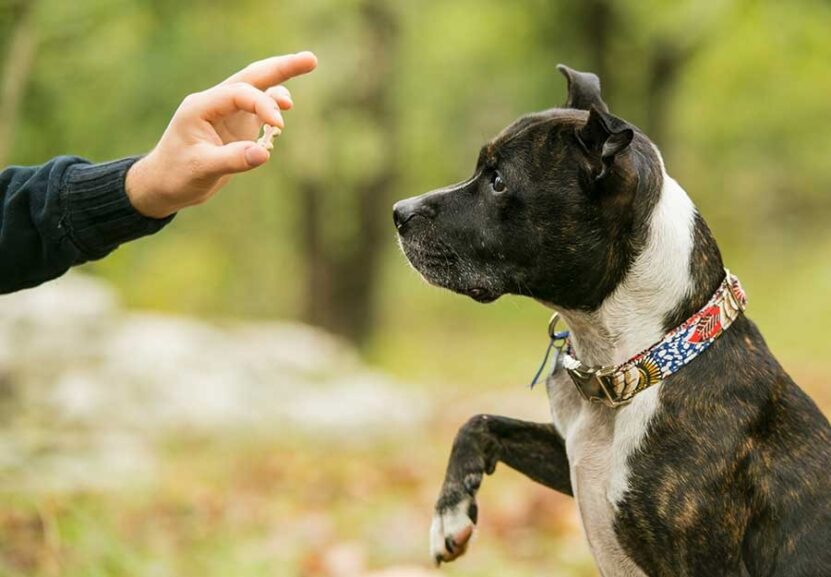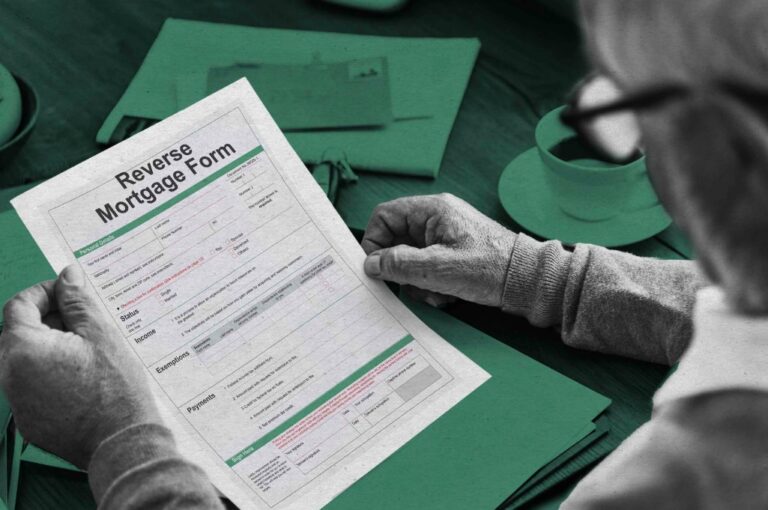Training a dog is a journey filled with challenges and joys. Understanding the time it takes to train a dog is crucial for a successful relationship between you and your pet.
This blog post dives into the factors affecting training duration, emphasizing the need for realistic expectations. Whether you’re teaching a puppy or an older dog, this guide will provide valuable insights into what you can expect during the teaching process.
The Role of Dog Breed

Dog breeds significantly influence training duration. Breeds like Border Collies and Poodles, known for their intelligence and eagerness to please, often learn faster than independent breeds like Afghan Hounds or Chow Chows.
However, intelligence alone doesn’t dictate teaching speed; a breed’s inherent traits, such as energy levels and attentiveness, also play a crucial role. Understanding these breed characteristics can help set appropriate training goals and timelines.
Age Matters
A dog’s age is a pivotal factor in training. Puppies, with their developing brains, are usually more receptive to learning new commands, making it an ideal time for basic training. Here, their innate curiosity and eagerness to explore can be harnessed effectively. However, their short attention spans can be a challenge, requiring creative, engaging teaching methods.
Adult dogs might learn slower due to ingrained habits, but with consistent, patient training, they can overcome these habits. Recognizing the age-related differences helps in tailoring the teaching approach for better results, ensuring a more effective and enjoyable learning experience for both dog and trainer.
Individual Dog Temperament
A dog’s temperament is vital in determining the training timeline. A confident, outgoing dog might take to training more readily than a shy, reserved one. Dogs with anxious or aggressive tendencies may require more time and specialized teaching methods.
Understanding your dog’s personality and adjusting your training techniques accordingly can significantly impact the training effectiveness and duration. It’s essential to recognize that temperament also influences how a dog responds to different teaching environments and stimuli, necessitating a tailored approach to suit each individual dog’s needs and comfort levels.
Basic Obedience Training

Basic obedience training typically involves commands like ‘sit’, ‘stay’, ‘come’, and ‘heel’. These foundational commands usually take a few weeks to a few months to instill, depending on the dog’s breed, age, and temperament.
For instance, teaching ‘sit’ might take a few days, while ‘come’ could take longer due to its complexity. Consistent, short training sessions usually yield the best results. Integrating teaching into daily routines can reinforce these commands, making them second nature to the dog and strengthening the bond between dog and owner.
House Training
House training is a crucial aspect of living harmoniously with your dog. On average, it takes four to six months for a puppy to be house trained, but some puppies may take up to a year.
Factors like consistency in training, the dog’s age, and previous living conditions can influence this timeline. Patience and positive reinforcement are key to successfully house teaching your dog. Establishing a routine, including regular bathroom breaks and consistent feeding times, can significantly aid in this process, making it more predictable for the puppy.
Behavior Modification
Correcting behavioral issues like excessive barking, chewing, or aggression is often more time-consuming than basic obedience training. These behaviors are sometimes deeply ingrained and require a patient, consistent approach.
The duration can vary widely, from weeks to several months, depending on the severity and the dog’s response to coaching. It’s important to set realistic goals and remain patient throughout this process. Involving a professional dog trainer or behaviorist can be beneficial in addressing more challenging issues and ensuring a successful outcome.
Consistency and Training Methods

Consistency is crucial in dog training. Inconsistent coaching can confuse your dog and prolong the learning process. The coaching method you choose also impacts the duration. Positive reinforcement methods, like treats and praise, tend to yield quicker and more lasting results compared to punitive techniques.
Experimenting with different coaching methods to find what works best for your dog can be beneficial. Additionally, adapting training methods to the dog’s learning style and pace can enhance effectiveness, making the coaching experience more enjoyable for both dog and trainer.
The Trainer’s Role
As a dog owner or trainer, your role is fundamental in the training process. Your dedication, patience, and consistency directly impact the coaching duration. Being actively involved, setting aside regular coaching time, and maintaining a positive attitude help foster a conducive learning environment for your dog.
Your approach can make the difference between a swift and successful training experience and a prolonged, frustrating one. Understanding your dog’s cues and adapting your coaching approach to fit their individual needs are key aspects of effective teaching.
Factors That Can Speed Up Training
Certain factors can accelerate the training process. These include early socialization, consistent coaching routines, and using rewards effectively. Engaging in regular, short coaching sessions and maintaining a positive, patient demeanor also contribute to quicker learning.
Utilizing these techniques and understanding your dog’s unique needs can significantly shorten the teaching timeline. Additionally, incorporating training into everyday activities and interactions can reinforce learning, making it more natural and intuitive for the dog.
Realistic Expectations
Setting realistic expectations is essential in dog training. Each dog is unique, and training duration varies accordingly. Patience and persistence are key. Acknowledging that setbacks are a normal part of the learning process helps maintain a positive outlook.
Celebrate small victories and understand that coaching is a continuous process, contributing to a stronger bond with your dog. Remember, the goal is not just obedience, but also developing a harmonious and mutually respectful relationship with your canine companion.
Conclusion

Training a dog is a rewarding but time-intensive process. Understanding the factors that influence training duration, like breed, age, temperament, and the trainer’s involvement, is crucial.
Setting realistic expectations and being patient and consistent leads to a successful coaching experience. Remember, every dog is unique, and embracing this journey with understanding and love is what truly matters in building a lasting relationship with your pet.
Related Posts:
- How Long Does It Take to Get Short-Term Disability?…
- How Long Does Short-Term Disability Take to Process?…
- How Long Does a Package Take After 'Out for…
- How Long Does It Take to Get a UK Sponsorship…
- Top 14 Dubai Wedding Photography Locations in 2024 -…
- EMS Training: How Long Does It Last? Guidelines and…







